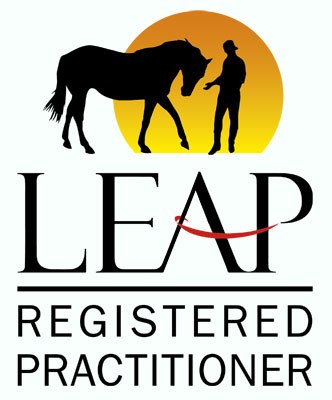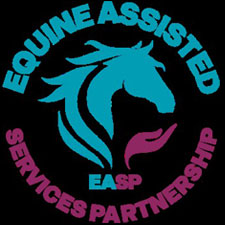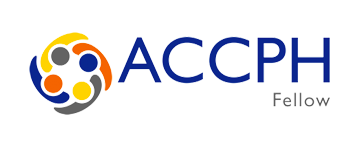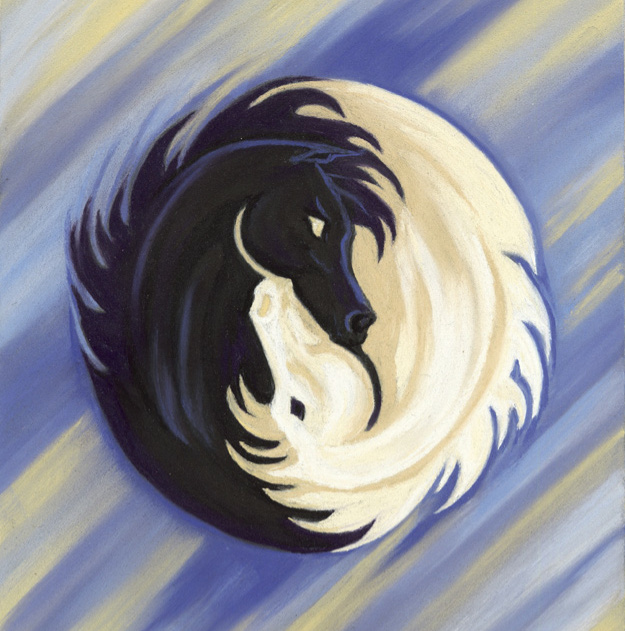
Blog
Back to list of blog entries

Sentient Partnerships: Honouring the Horses in Equine-Facilitated/Assisted Interactions
7 April 2022
What this looks like IN PRACTICE, rather than just as a theory or statement of intent - Some Key Points:
- The horse is regarded at all times as a conscious, sentient being who feels pain and suffering, and who has their own feelings, desires, needs and preferences all of their own, and which are completely separate from and independent of our aims and desires.
- The horses are never treated like inanimate objects without feelings and needs simply to be used for our gain and benefit.
- The humans involved do not take precedence over the horses, rather there is an ethos of equality and partnership: We are all sentient beings deserving of equally positive regard and treatment.
- Horses are recognised and treated as such in terms of their responses to pressure, pain, request, herd needs, basic physiological needs such as eating and drinking, as having a purpose of their own in this lifetime, that they are not here to serve us or meet our goals and agendas.
- The horse is fit, healthy, rested and happy to engage with clients.
- We do our utmost to learn how to LISTEN to our horses and respond to what they are telling us.
- Everything we seek to involve our horses with is based on firstly establishing and maintaining a mutual connection and relationship throughout the entire interaction, both in terms of facilitators and also clients who interact with our horses.
- The horse is fully given freedom of choice to work or not on that day/session/client.
- The horse is asked their permission to consent to everything or not, including being approached and asked to take part in an interaction. And the horse may decline to do something at any stage of the session.
- The horse is respected on the basis of their innate equine needs and understood from the perspective of biology, psychology, emotion, herd and social needs, personal space and environmental needs.
- The biological responses of Flight, Fight, Freeze or Fold are respected at all times and responded to accordingly to enable the horse to regain their equilibrium.
- Company, in the form of their herd mates, is given priority over everything else as this is recognised as the horse’s number one need which trumps all other needs, especially when a horse is frightened.
- The ratio of humans to horses is kept respectful, equal and balanced, ideally 1 – 1 and certainly no more than a maximum of 2 people to any one horse at any time when approaching or working directly with a single horse.
- Groups of people of 3 or more do not approach; work with; gather around; touch; enclose or pressure a single horse by leading, herding or driving them to move, particularly in a confined space and when separated from other horses. This grossly encroaches on the horse's personal space and boundaries; puts unnecessary pressure on them and creates an immediate increase in stress hormones leading to potential distress and likelihood of shutting-down to get through the experience. It is the epitome of a human-centric use of the horse as a tool to achieve a particular goal of the participants.
- As the Facilitator/s, you listen to your horse’s suggestions and understand the myriad subtle and overt forms of equine feedback.
- The Facilitator/s are embodied, present and mindful and you seek to teach these abilities to your clients, participants or students/trainees.
- The facilitator/s are attuned to themselves; the horses and their clients/participants, consciously using their body as a receiver, tuner and amplifier for both internal and external information; as well as using their intuition and developing energetic awareness skills.
- The facilitator notices and tracks ALL of the often subtle and nuanced responses and behaviours of the horses at all times to ensure their welfare, well-being and enjoyment during the session.
- You develop energetic awareness and sensitivity in order to sense and respond to the horse's state and changes in this state throughout the sessions.
- You both respect the horse's boundaries – physical, emotional, psychological and spiritual, and set boundaries with horses so that interactions are safe and respectful - teaching clients how to also do this of course.
- The horse is not just regarded as a mirror always reflecting something back to or about the people. Rather, that they have a life and purpose of their own independent of us and our desires, and that they have feelings, needs, desires and actions of their own that they need to communcate to us. Therefore, the horse is not just seen in a metaphorical, reflective way but as animals in their own right regardless of what is going on for the people around them.
To this end always ask yourself the following when the horse does anything and in this order:
First: Is this about the horse and/or the herd?
Second: Or, is this about the client; me or anyone else around?
- And above all and at all times, you never resort to “using” your horses for human gain, no matter the circumstances or pressures, and you understand the difference between using horses as tools and working in partnership with horses as valued, sentient partners.
This is an evolving piece of work so will be updated on an ongoing basis.
Angela Dunning, 7th April 2022, The Horse’s Truth
For more on working with horses in a way which respects their sentience as valued partners, see Angela’s book: ‘The Horse Leads the Way: Honoring the True Role of the Horse in Equine Facilitated Practice’.








